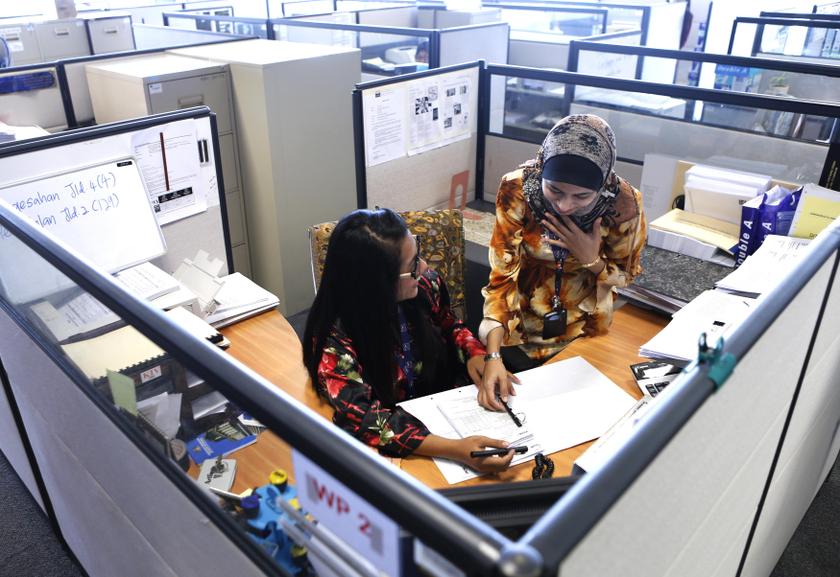
Despite decades of emphasis and efforts to bridge the gender divide, the glass ceiling for women to achieve empowerment is slowed by persistent biases, as well as backlash. A new ‘social norms index’ recently released by the UNDP points out how a gender bias has grown in recent years. At a global level, the UNDP estimates that only 1 man in 10 men, and 1 woman in 7 women, show no form of bias against gender equality. Back in 2017, the United Nation’s Population Fund also found that 68 countries had larger gender gaps in 2016 than in 2015.
This is, of course, not to say that no progress has been achieved in terms of addressing gender disparities. Girls around the world have been catching up on some basic indicators, such as enrolment in primary school, and in terms of improved health and nutritional outcomes. Violence against women is also now taken more seriously. Awareness concerning sexual harassment is also being increased through legislation and through recent social movements such as #MeToo.
However, progress on closing the gender disparities gaps is slow. Glaring inequality are still evident in the power that men exercise at home, in the workplace and in politics. At home, women do more than three times as much unpaid care work as men. Based on current trends, it seems that it will take over two years to close the gender gap in economic opportunity alone.
Although women and men can vote equally in most countries, and many women now also hold political office, gender difference increases at higher levels of political power. In South Asia, several women – Benazir Bhutto, Indira Gandhi, Khaleda Zia and Shaikh Hasina – have made it to the highest levels of power. Yet, all these women leaders rose to power via political dynasties rather than through the backing of women or with the agenda to improve the lives of other women. As a result, most of them tended to reinforce patriarchal norms rather than defy them.
The rights-based NGO, Oxfam, has righty described the global economic system as being sexist, given the way it continues to exploit the cheap and unpaid labour of women. A growing number of women have joined the workforce as a result of globalisation, but this has not improved their lives, as most of them work long hours for measly pay, just to ensure household survival. Often, when women take on economic responsibilities, that does not lessen their burden of social and household obligations. Instead, many women get trapped in what has been termed ‘the double burden’ of earning money while continuing to fulfil traditional social roles.
Progress is not a straightforward path. Instead, change is often met with resistance. Change is especially difficult to achieve when social and cultural norms, combined with the lack of economic and political power, continue to preserve inequalities, which is what happens with the issue of gender disparities. There is a broader backlash to change, in the form of the ongoing surge in right-wing, authoritarian movements, which have spurred backpedaling on women’s rights in countries like China, Russia, Hungary and Turkey. In Pakistan too, problems such as gender violence and harassment are often cast as a product of ‘radical’ feminism or western values. And gender rights is not thought of as an issue of social justice and equity, and ensuring equal access to resources and opportunities, which is what this struggle is essentially about.
Published in The Express Tribune, January 31st, 2020.
Like Opinion & Editorial on Facebook, follow @ETOpEd on Twitter to receive all updates on all our daily pieces.
1732503274-0/Untitled-design-(43)1732503274-0-405x300.webp)
1732501636-0/Untitled-design-(42)1732501636-0-165x106.webp)

1732498967-0/Outer-Banks--(1)1732498967-0-165x106.webp)
1732086766-0/BeFunky-collage-(74)1732086766-0-165x106.webp)







COMMENTS
Comments are moderated and generally will be posted if they are on-topic and not abusive.
For more information, please see our Comments FAQ